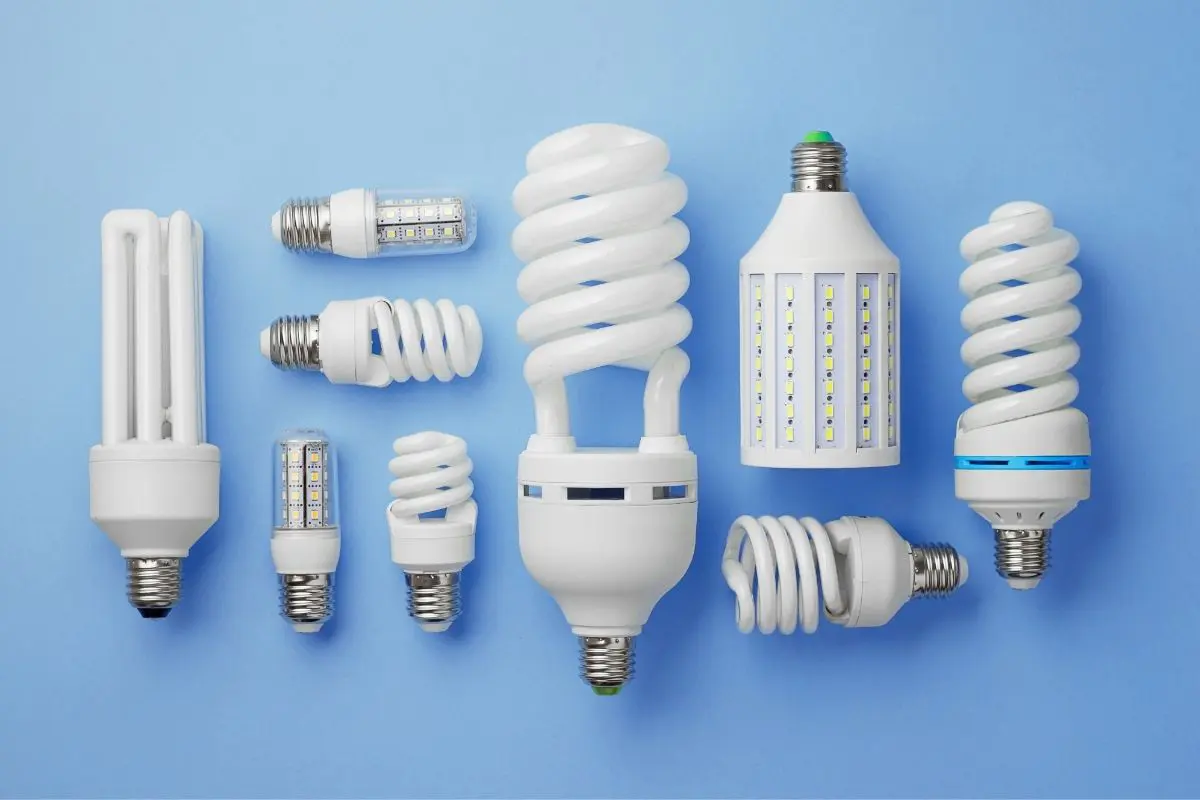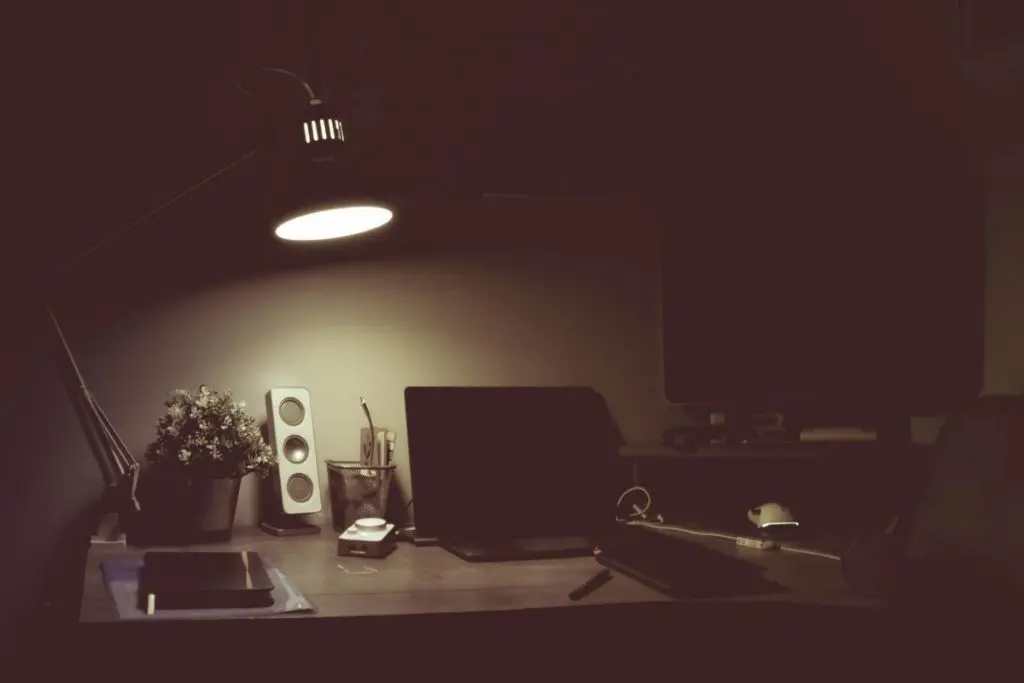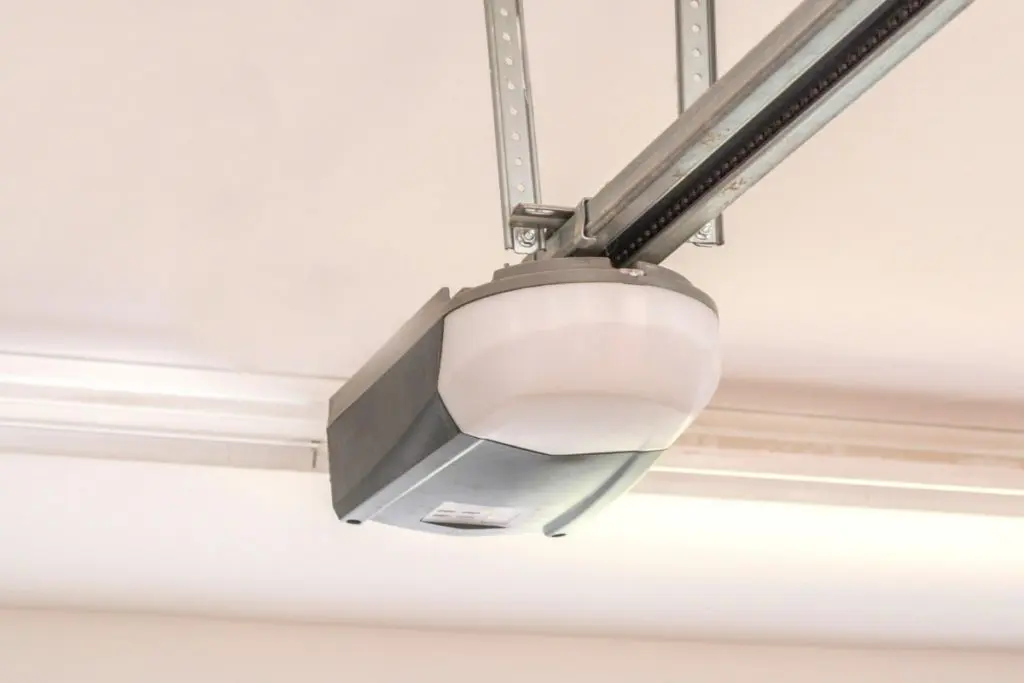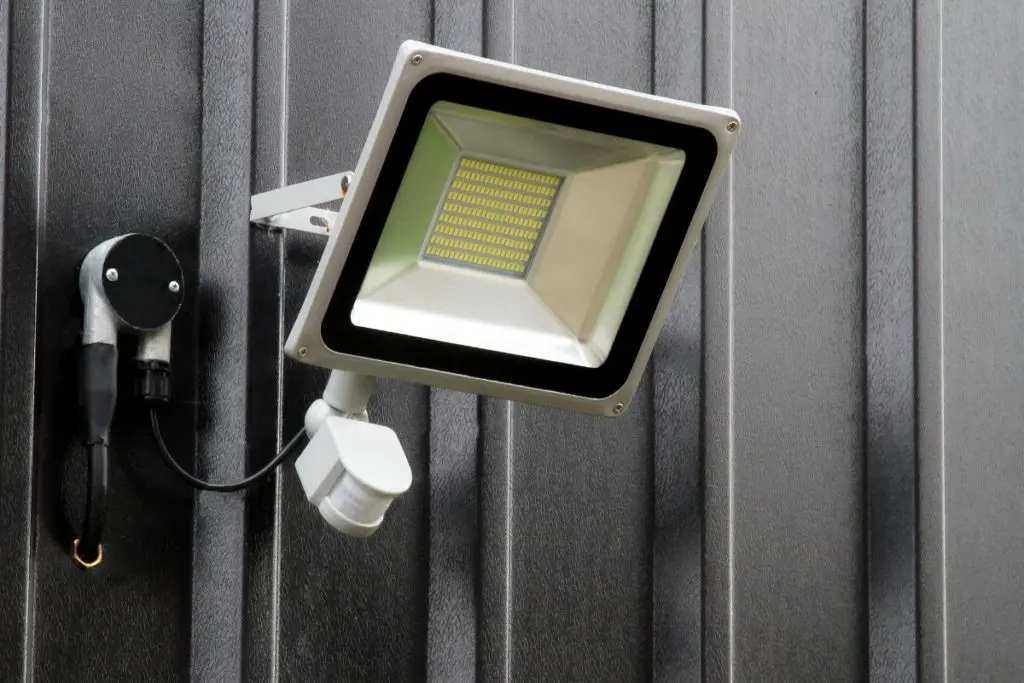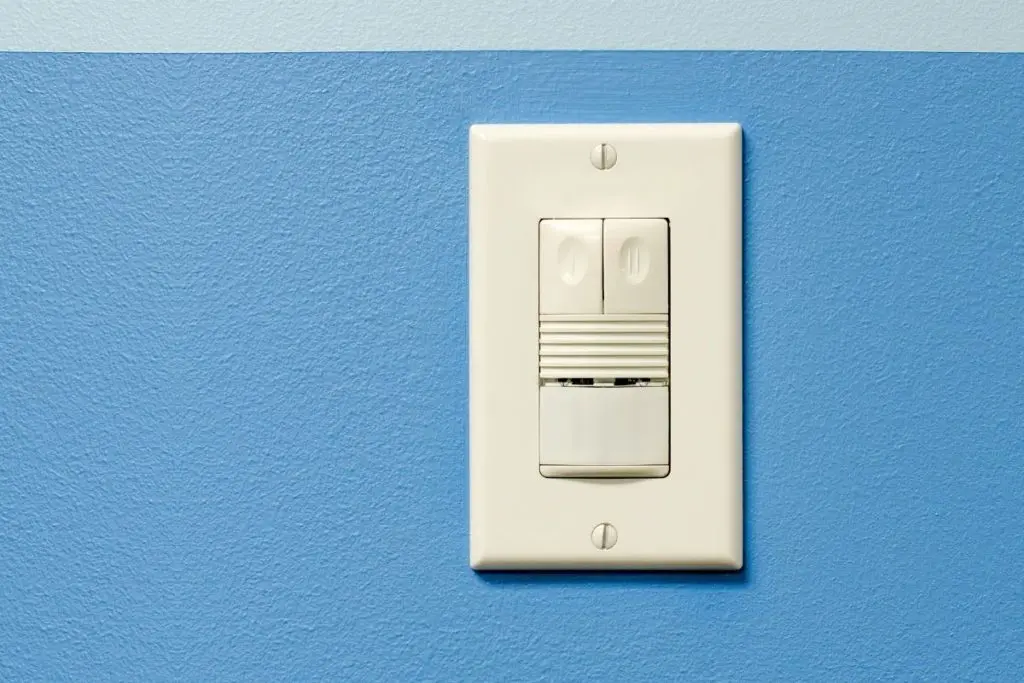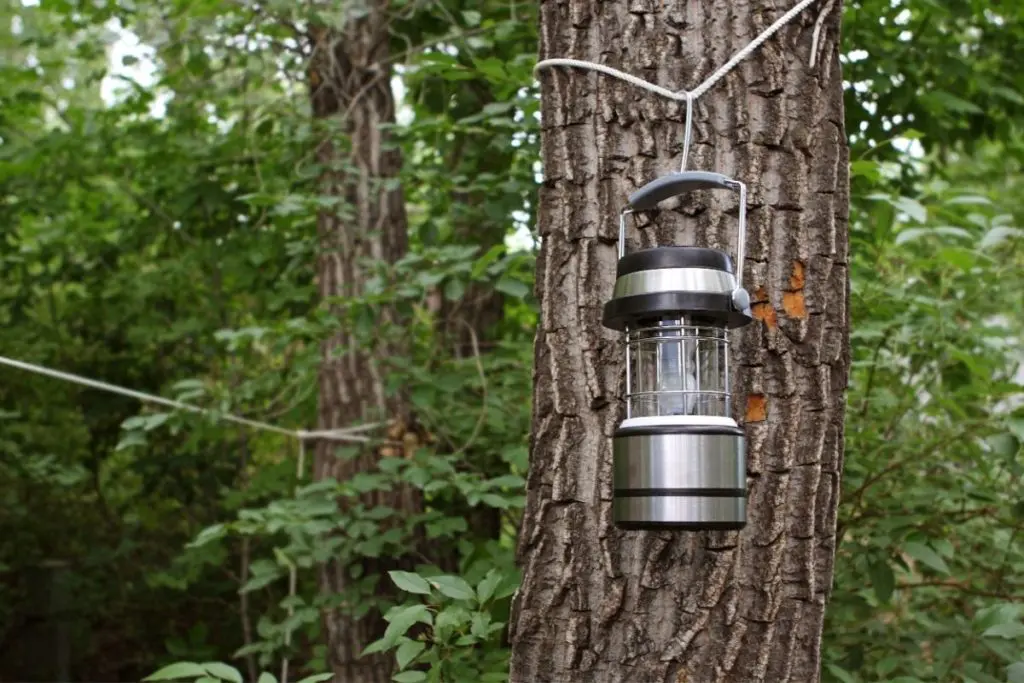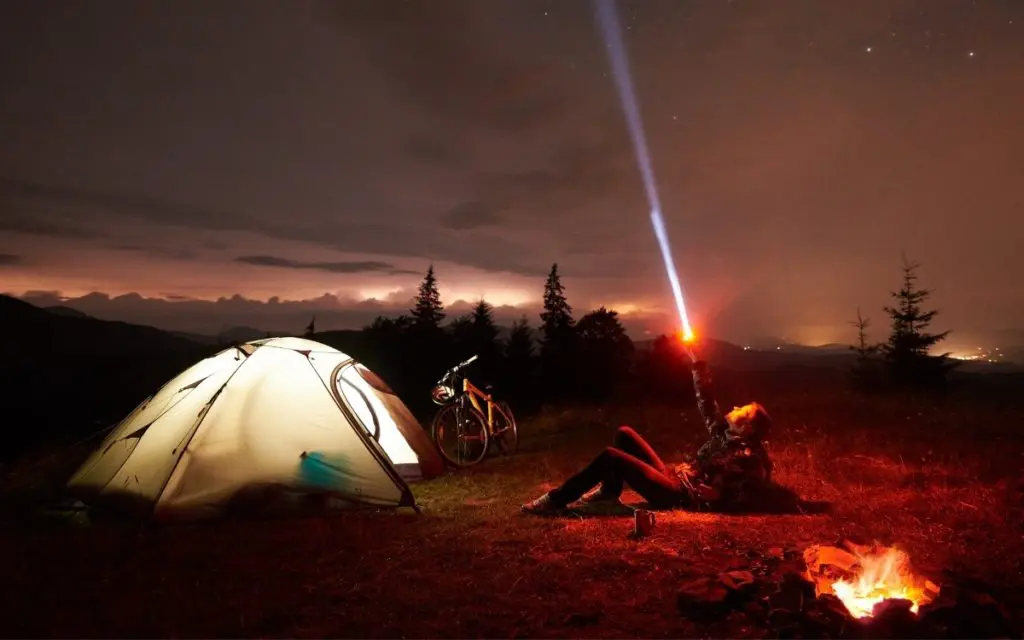It used to be that light bulbs were just light bulbs. But if you’ve ever found yourself standing in the lighting aisle at a home improvement store, confused and staring at an overwhelming number of choices, we feel your pain. Suddenly, light bulbs raise all sorts of questions like: “Why are there so many different kinds?” or “Why are there so many wattages?” or “what does “LED” even mean?”
Relax, it’s more straightforward than it seems! Let us walk you through the world of light bulbs. We’ll take a look at halogen vs. LED, where CFLs fit into the picture, and which type of bulbs work best for your needs.
| Halogen | LED | CFL | |
| Brightness | ✓ | ||
| Eco-friendliness | ✓ | ✓ | |
| Value | ✓ | ||
| Headlights | ✓ | ✓ | |
| Garage Door Lights | ✓ |
There are three main types of lights: incandescent, CFL, and LED. We won’t spend time explaining in detail how each works, as we suspect you’re far more interested in learning which bulb will work better for you. Read on for a breakdown of halogen light bulbs vs. LEDs and CFLs across the categories of brightness, value, efficiency, and more.
Halogen Basics
Before we get to halogen bulbs, we need to talk about incandescent lights. Incandescent light bulbs are the old standard, with the classic light bulb shape and visible inner wiring. They offer a warmer light and, at one point, were ubiquitous. However, since incandescent bulbs are so inefficient compared to more modern light choices, they are being phased out of production.
A halogen light is a newer type of incandescent, improving upon the original by about 30%. An old incandescent bulb costs about $7 per year to operate and produces 15 lumens of light per watt of energy. More recent halogen bulbs clock in at around $5 a year and 25 lumens. They also last a little longer than classic incandescents.
Halogen Pros
- Dimmable
- Cheapest upfront
- Warmer, more diffused light
- More efficient and longer-lasting than traditional incandescent lights
Halogen Cons
- Short lifespan
- Not as shock resistant
- Emit/waste a lot of heat
- Far less efficient than LEDs and CFLs
- Costs significantly more to operate over time
- Shorter lifespan creates more waste than other bulbs
LED Basics
Light-emitting diodes, or LEDs, are the newest and most efficient bulbs on the scene. One 8-watt LED bulb can generate as much light as an old 60-watt incandescent bulb. Due to their efficiency and their extraordinary lifespan (sometimes decades), LEDs are also widely used in other applications besides lightbulbs, like cameras, TVs, headlights, traffic lights, and more.
There isn’t much contest between halogen light bulbs vs. LEDs — really, LEDs’ only drawback is that they cost a little more initially. Some of their pricey reputation is due to the fact that when they first appeared on the market, they were astronomically more expensive than other bulbs. But this is no longer the case! In the end, an LED bulb might set you back slightly more upfront but will quickly pay for itself with its superior energy efficiency.
LED Pros
- Light up immediately
- Most energy-efficient by a landslide
- Last 10x longer (or more) than halogen bulbs
- Available in a number of hues/types of lighting
- Gradually fades away once it reaches the end of its lifespan
LED Cons
- Not recyclable
- Slightly more expensive
- Some LEDs are not dimmable
CFL Basics
There’s a lot of comparison between LED versus halogen lights. However, as incandescents slowly phase out of production, it’s actually compact fluorescent lights, or CFLs, that come closer to the efficiency of LEDs.
CFLs are 75% more energy-efficient than halogen bulbs, and they last longer. While fluorescents can’t quite compare to the ultra-long life of LEDs and their 83% efficiency over halogens, if you’re willing to change your bulbs more often (and recycle them), you might choose the shorter term savings of a CFL bulb.
CFLs come with one other drawback that LEDs are more impervious to sensitivity to cold temperatures.
CFL Pros
- Recyclable
- Cheaper upfront than LEDs
- Almost as energy efficient as LEDs
- Consume ¼ the energy of incandescent bulbs
CFL Cons
- Usually not dimmable
- Delay when turning on
- More sensitive to cold weather
- Last about half as long as LED lights
- Contains mercury – cannot be thrown away in trash
- Produce a “colder” light (though technology has improved over the years)
In order to get a better sense of which lights come out ahead in an LED bulbs vs. halogen analysis, we’ve compared them — along with CFLs — across several categories.
1
LED vs. Halogen: Brightness
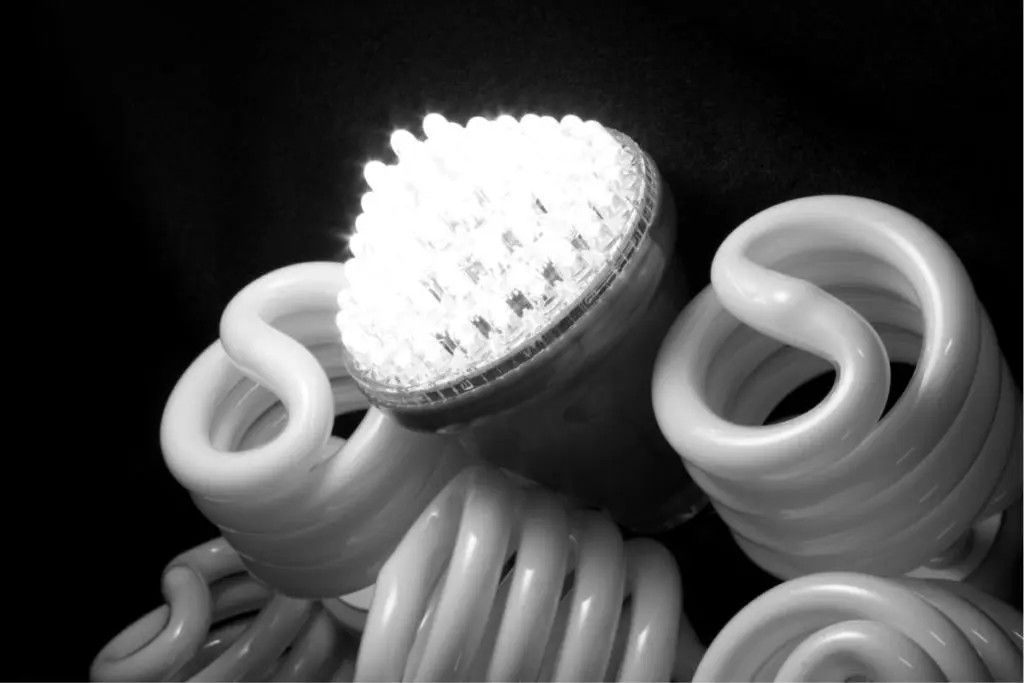
In a comparison of LEDs, halogen, and CFLs, which comes out shining the brightest?
A light bulb’s brightness is measured in lumens, while its power is measured in watts. It used to be that the higher the wattage, the brighter your light bulb would be. However, things have become more complicated with the introduction of bulbs that produce more lumens of light using less wattage.
Here’s how that shakes out: for each watt a halogen bulb uses, it will emit 25 lumens. CFL lights are more efficient, coming in at about 60 lumens per watt. Not bad… Until you consider the mighty 72 lumens of brightness per watt than an LED can pump out.
All of which is to say: if you’re looking for the very brightest light, choose an LED.
2
LED vs. Halogen vs. CFL: Eco-friendliness
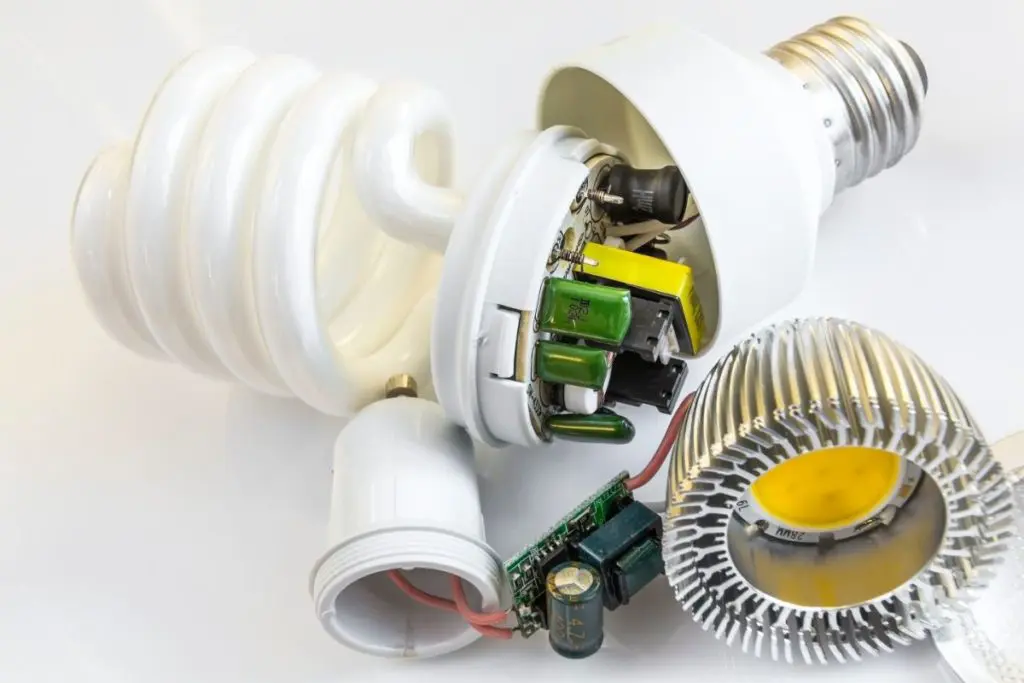
Most times, greater efficiency means less power wasted, and therefore fewer fossil fuels burned.
While light bulbs seem small, when you think about how many lights you use at home or in the office, you begin to see how much they add up. While the energy savings of replacing a single bulb might not be that remarkable, when you switch out multiple lights, you can both save a lot of money and have a meaningful environmental impact.
Halogen bulbs, and all other types of incandescent light, are very inefficient lighting options. They also create more waste as they’re thrown out more often. LEDs, on the other hand, will win just about any energy efficiency contest.
Somewhere in the middle lies the CFL bulb. As we’ve learned, compact fluorescent lights are significantly more efficient and longer-lasting than halogen bulbs, so they are a moderately sustainable choice. If you were to just compare halogens vs. CFLs, fluorescents would certainly come out on top.
Recycling? Not As Good As It Sounds
CFLs also offer something that LEDs and halogen lights do not: they’re the only light bulb that can be recycled. However, this is slightly misleading; the reason they need to be recycled in the first place is because they contain mercury, a toxic chemical. So while CFLs are technically recyclable, it’s only because it’s so essential to divert them from landfills.
Judging between halogen light vs. LEDs from an eco-friendly perspective, LEDs will come out on top. And even though CFLs are recyclable and LEDs aren’t, LEDs are also the winner of that comparison because of their extreme efficiency.
3
LED Bulbs vs. Halogen Bulbs vs. CFL Bulbs: Value
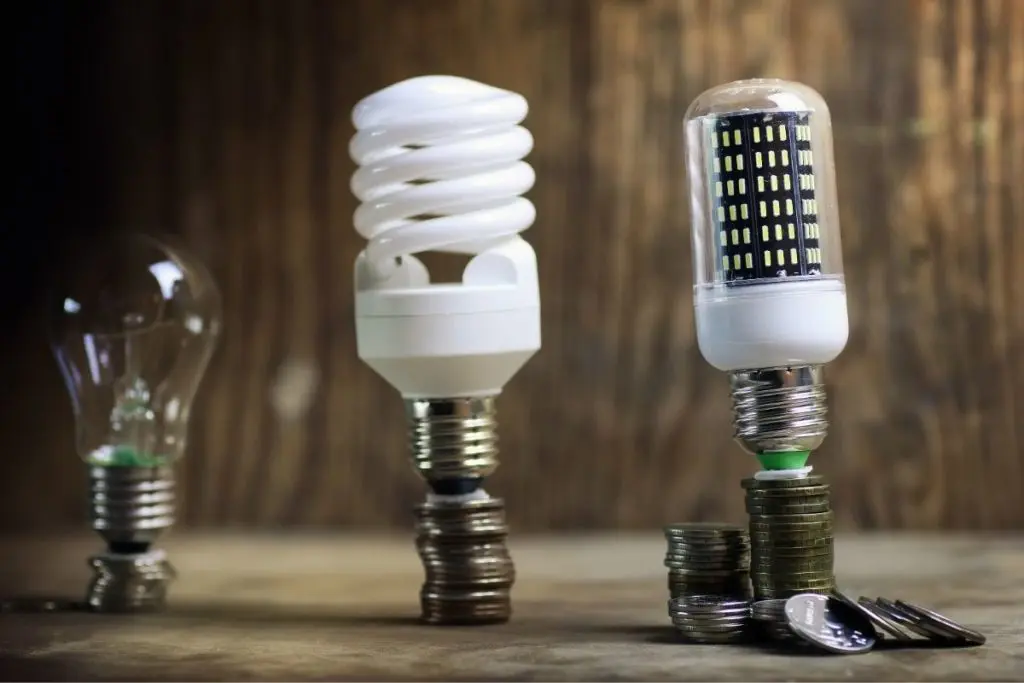
High efficiency also tends to translate into good value, and light bulbs are no exception. If you break down bulb performance by annual cost of operation, it throws a light on why consumers are moving away from halogen bulbs. Whereas it costs about $5.05 to use a halogen bulb for one year, switching to CFLs means you only spend $1.75 to power a bulb. Even better? An LED bulb will run you about $1.19 per year.
But wait, aren’t CFL bulbs cheaper to buy than LED bulbs? Yes, initially, LEDs are more expensive — but only a little bit. Purchasing a six-pack of LED bulbs will cost around $28-30; a six-pack of CFL bulbs costs about $22-25. While it’s tempting to save a few bucks up front, consider LED bulbs last about eight times longer than fluorescent bulbs!
This leads us to conclude: while CFL bulbs are cheaper to buy initially, LED bulbs are ultimately a greater value.
4
LED vs. Halogen: Headlights & Garage Door Lights
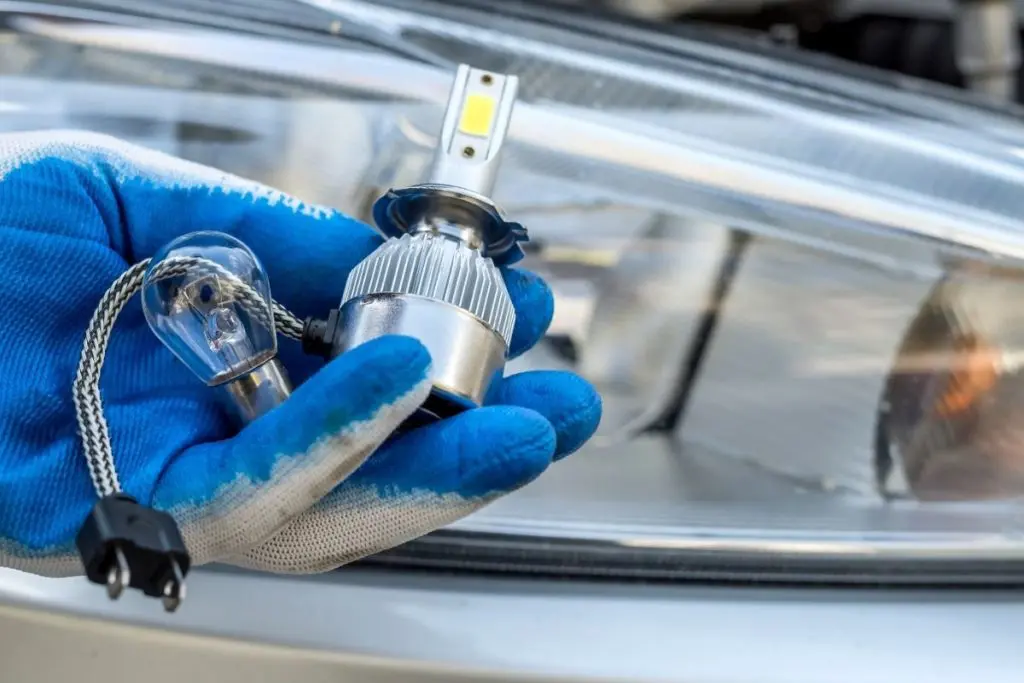
We wanted to offer light bulb performance comparisons for a couple of specific common uses, including headlights and garage door lights.
When it comes to LED vs. halogen headlights, the 3 things you want to consider are: brightness, light pattern, and energy use.
LEDs are always the energy efficiency winner, and they also tend to be the brightest. However, LED headlights emit a very white hue, which some people find jarring. While we ultimately recommend LED headlights because they’re so long-lasting and consistently highly rated, in some instances halogen headlight bulbs are still a solid (and often more affordable) option.
Finally, garage door openers can be hard on light bulbs. When yours goes kaput, you may be tempted to go with a cheaper bulb. Fight the urge! Instead, we recommend investing in LEDs for their blend of performance and energy efficiency. Not only do they have a dramatically longer lifespan than incandescent lights, they won’t interfere with the radio frequency of your garage door remote. Even better, they’re tougher than halogen bulbs and can withstand significant temperature fluctuations, changes in humidity, and vibrations.
What about CFLs? Since they’re the most likely to mess with your garage door opener’s remote, and they’re sensitive to cold temperatures, they aren’t a great choice for most garages.
LED versus Halogen versus CFL: Which is Best?
This light bulb battle royale has a very clear (bright) winner: the light-emitting diode. LEDs almost always come out on top — their efficiency, ultra-long lifespan, and overall value are pretty unbeatable. Whether you want the best light bulb for your garage, simply need a new reading light, or you’re looking to redo all of the lighting in your home or office: in almost every instance, LEDs will be your #1 choice.
Further Reading
